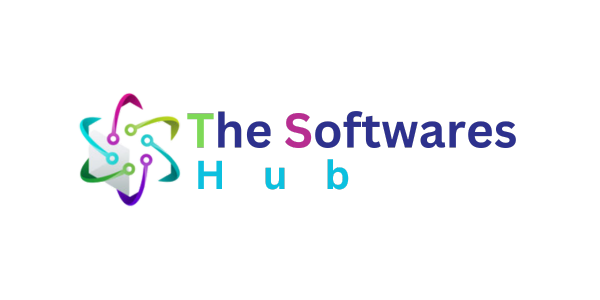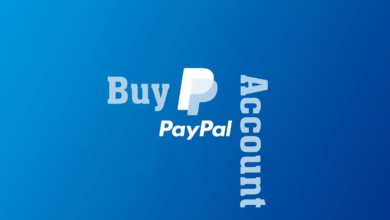You’re a Publisher- Think like One

IBM recently published research finding that about 80% of those who begin a corporate blog never post more than five entries. They stop. Give up. Leave it abandoned by the side of what was once called the information superhighway. And that’s just blogging.
Increasingly, marketing is no longer about buying media (the advertising model). Media is cheap—or often even free. But rolling your own media brings with it a new set of challenges. Chief among those challenges is coming up with enough content to fill all those blank pages, blog posts, profiles, and such, and doing so on a regular basis, not just in a one-off burst of week one enthusiasm.
Know your audience
This couldn’t be simpler or more self-evident, but the importance of knowing who you’re producing content for cannot be overstated. Customers? Prospects? Fans? Industry peers? Colleagues? The media? Some or all of the above? Selecting topics and tailoring messaging is a whole lot easier when you know who’s on the receiving end.
Define key themes and messages
Now that you know who you’re addressing, what is it, broadly speaking, you want to communicate to them? Don’t just focus on your product, service, or business here, but do some thinking as to how it relates to an audience’s real-world concerns. If you’re a local business, you may want to weave broader local themes into your content. If you’re hawking something with a high consideration curve, education and learning may be part of your messaging. Use your knowledge of your audience, your tone of voice, and the broader informational environment in which you reside to inform themes and messaging
Establish a frequency framework
Half the journalists I know (and being one, I know quite a few) say they write for periodicals because they need deadlines to produce something. In the trade, it’s called feeding the beast. You may not need to blog or write, or tweet, or status update every day, but once per month is probably not adequate, and you risk the whole endeavor tipping off the cliff. Create a schedule for content updates, and adhere to it. Map out potential stories, features, or other content in advance so that when the deadline looms, you’ll have a sense of what’s due. Falling into a rhythm beats falling out of visibility altogether.
Develop regular features and rubrics
Creating a few regularly appearing content elements is one of the oldest editorial tricks in the book. Comics, horoscopes, weather, and film listings help round off a newspaper’s offerings and keep readers coming back for more. Moreover, when you have these regular features, they’re all but auto-populating. Highlights of the week links to other relevant content, or a quote of the day are just a few down-and-dirty ideas to keep the flow of content constantly bubbling.
Last word
In a number of respects, publishing has always been a form of lead generation. Consumer publishers use subscriber, viewership and newsstand information, and data to profile customers, and they market those numbers and demographics to their advertisers. Business-to-business (B2B) publishers capture leads for that purpose, and often also to market ancillary products and services to that audience, be it research reports, conferences, or other special offers.




